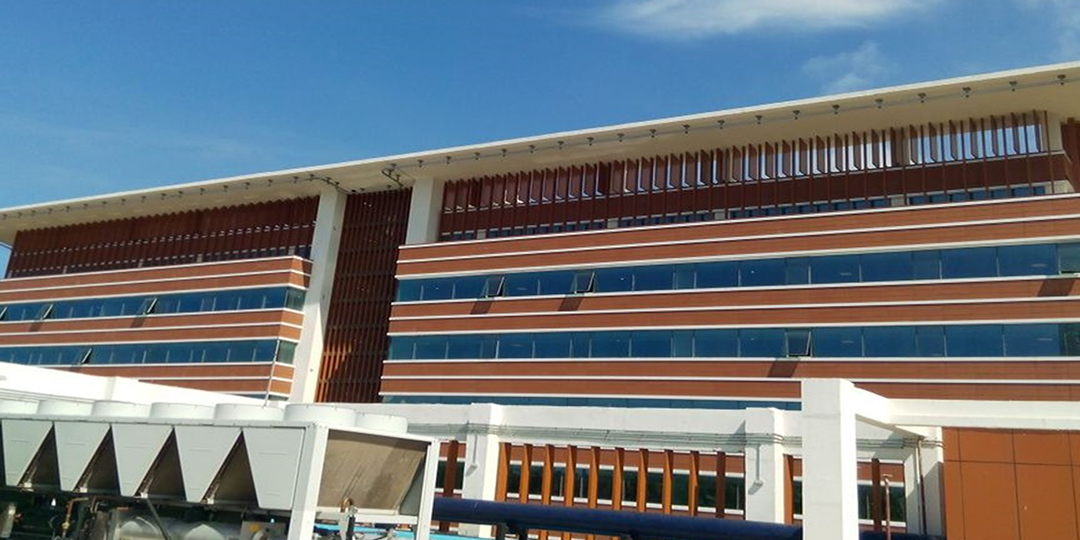
Why to Choose HPL Cladding for Facades?
Why to Choose HPL Cladding for Facades?
Facades are gaining popularity day-by-day by the architects and homeowners due to its aesthetic appeal and other benefits. The facades generally have interior and exterior layers of cladding that are separated by an air cavity. The external layer of cladding works as protection gear against rain and wind and the air cavity maintains heat isolation and prevents moisture build-up. Below given are the reasons that prove that HPL sheets are the ideal choice for facades:
Easy Installation
Unlike other types of cladding material such as timber and stone, HPL cladding is extremely easy to install. It is laminated into a composite panel that can work with a wide range of glue or adhesives. It can easily stick to MDF or particleboard and offers a hassle-free application on facades.
Fire Resistance & Impact Resistance
HPL cladding is manufactured through thermosetting that helps to create irreversible and strong bonds, resulting in increased strength, stability, and resistance to fire and impact. Besides, thermosetting makes hpl cladding tough, resistant to abrasion, and non-flammable. All these factors make high-pressure laminate one of the top choices for both interior and exterior cladding.
All-weather Performance
The physical and chemical properties of hpl cladding make it extremely non-reactive and stable. Besides, it is insoluble and non-corrosive in water. All these properties make it resistant to all weather conditions such as rain, moisture, and extreme heat.
Low Maintenance
Unlike other cladding materials such as stone and timber, HPL is extremely light-weight, which is why it can easily be installed and transported from one place to another. It is also weather and abrasion-resistant and doesn’t require heavy maintenance, polishing, and cleaning for a long time.
Superior Aesthetic Appeal
HPL laminates are available in a multitude of color and design options that can suit every requirement and decor while enhancing the look and feel of the place. The sheets are made by sandwiching a printed decor paper over a kraft paper under high pressure and heat. While the kraft paper ensures sturdiness and durability, the decor paper offers creative freedom in terms of color, design, and other elements.
